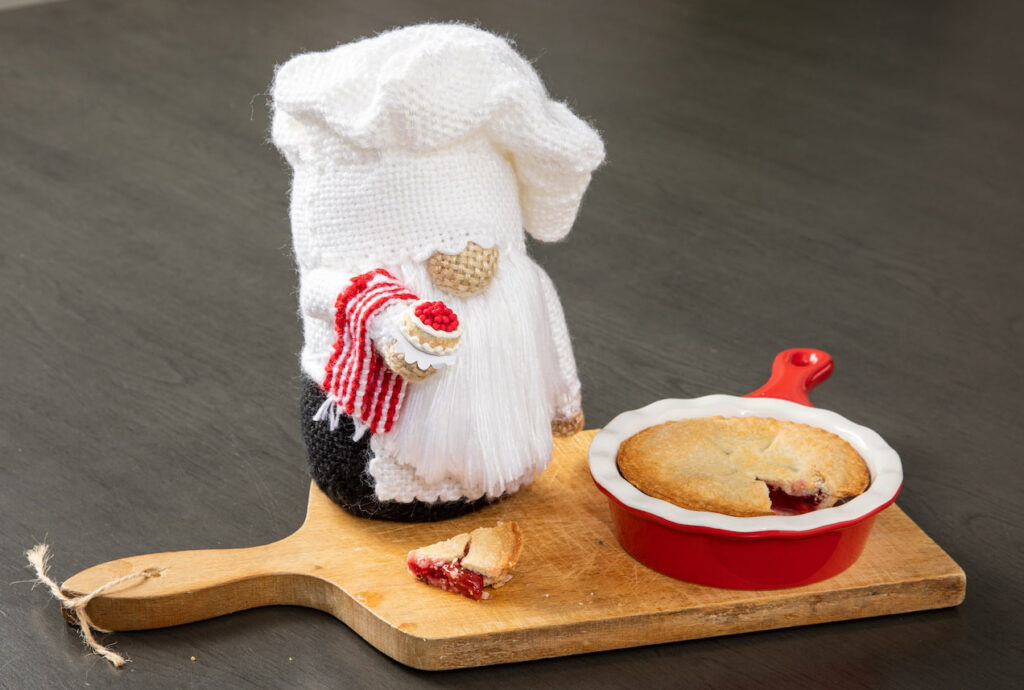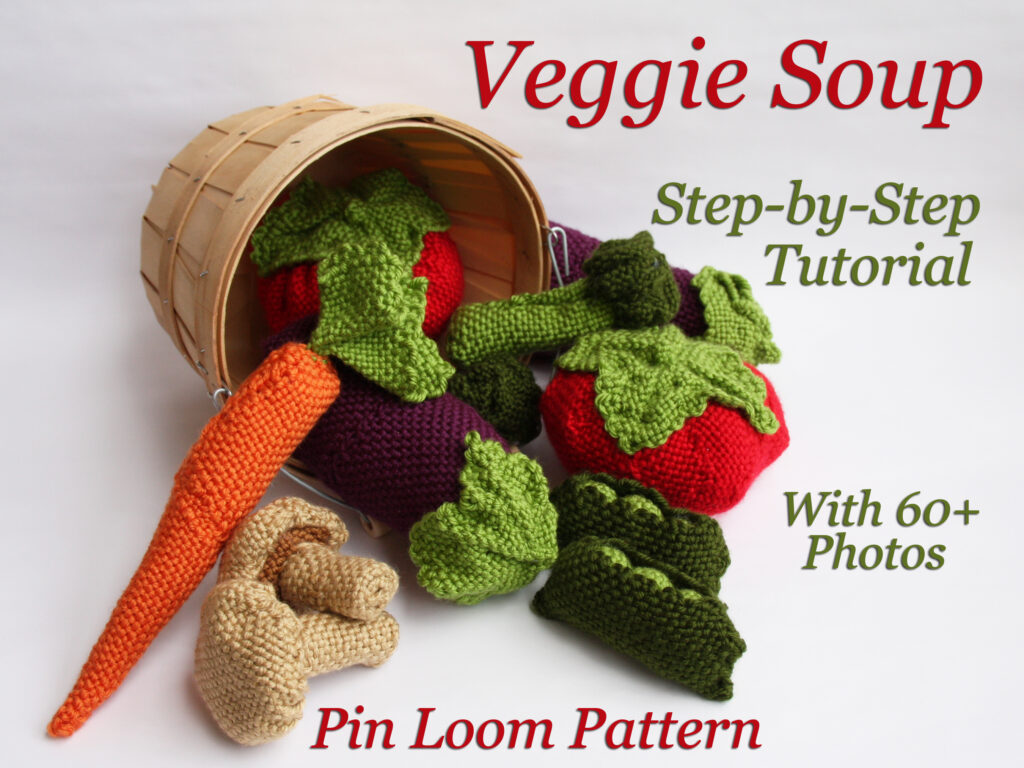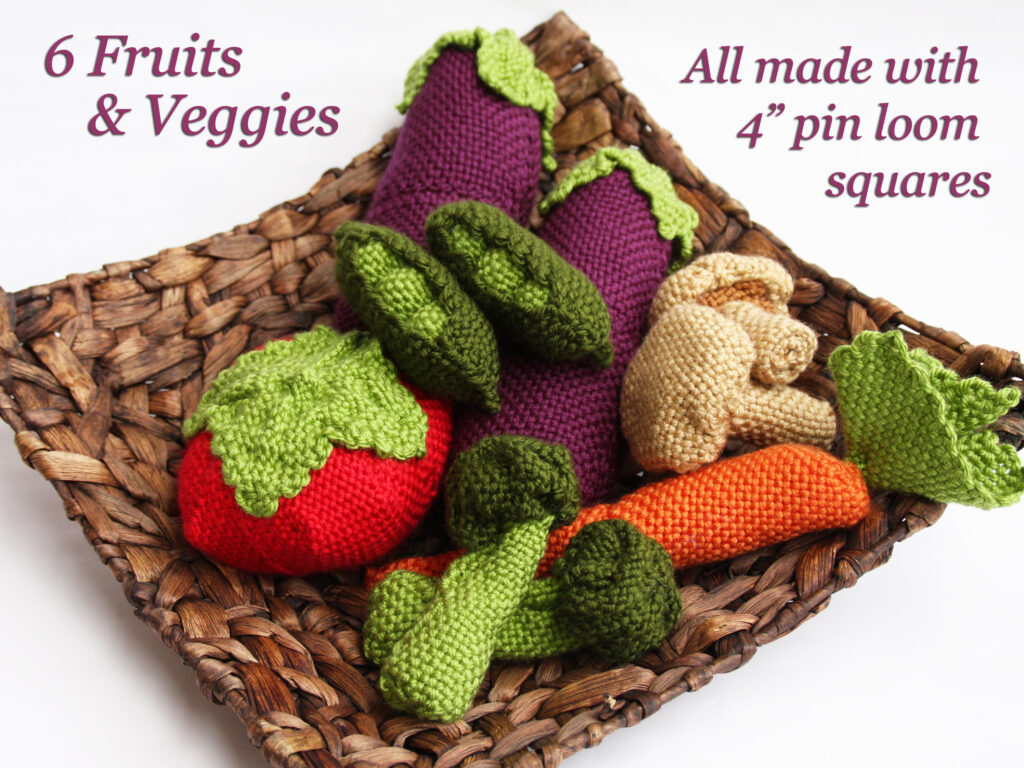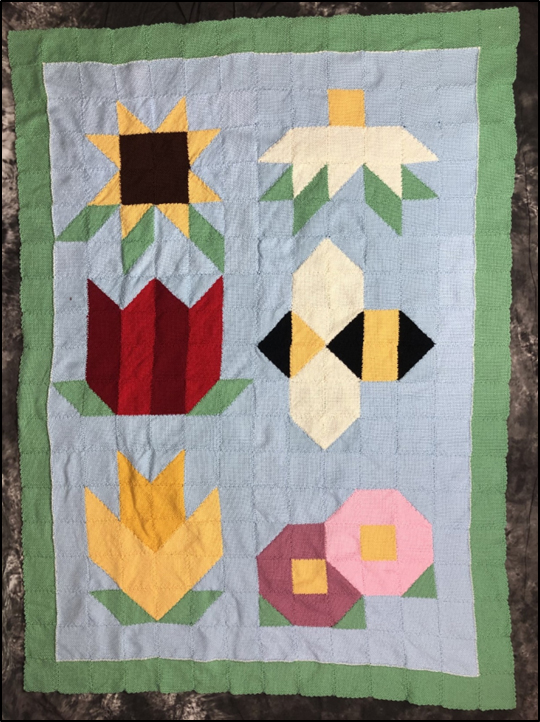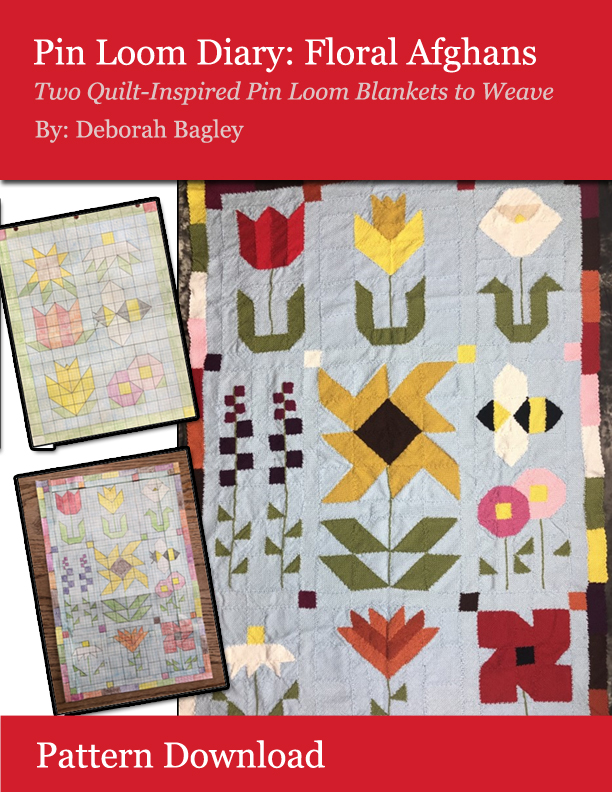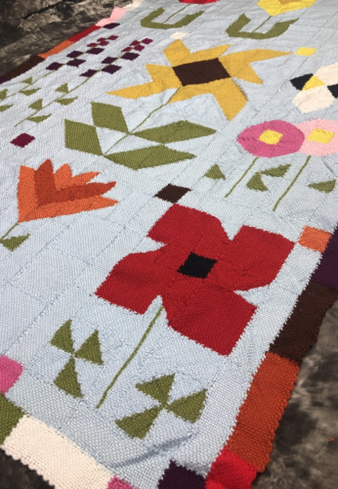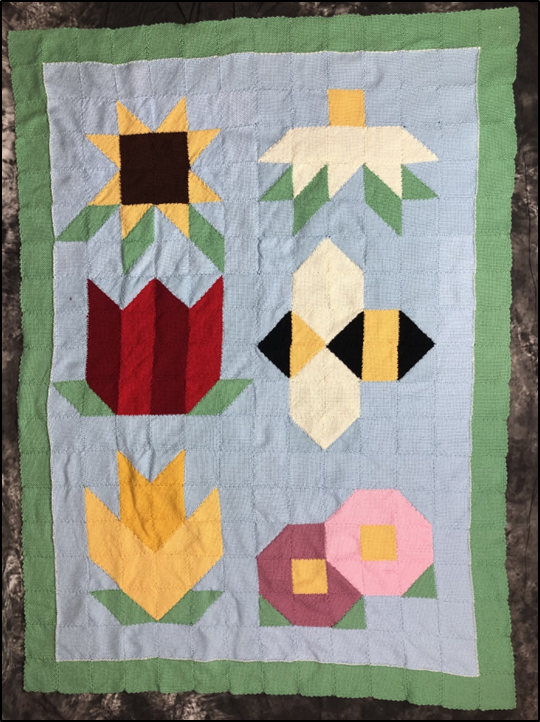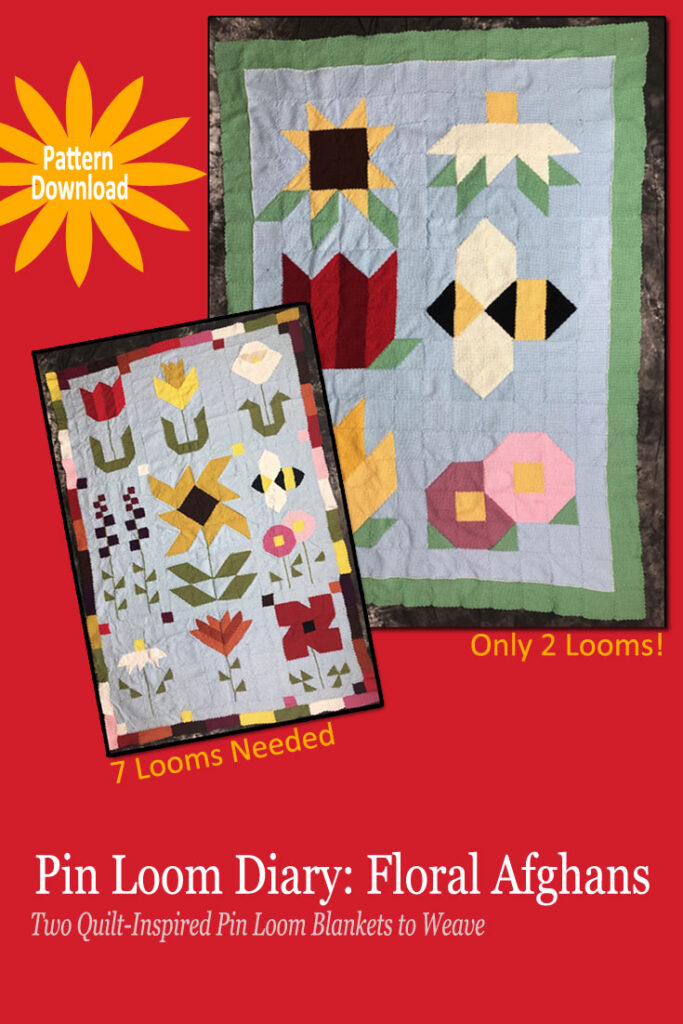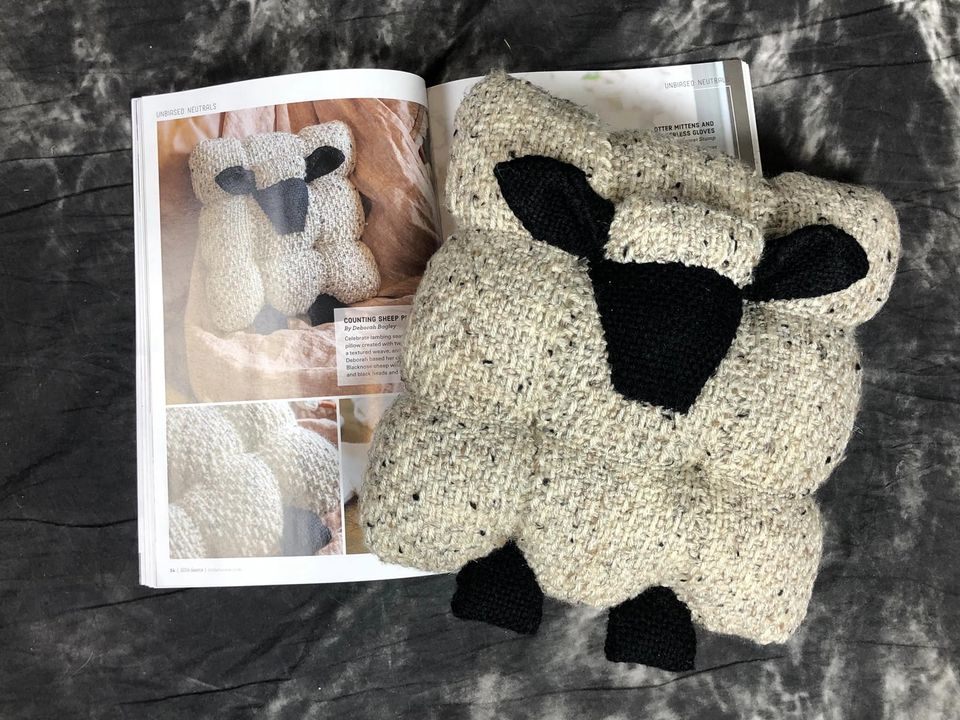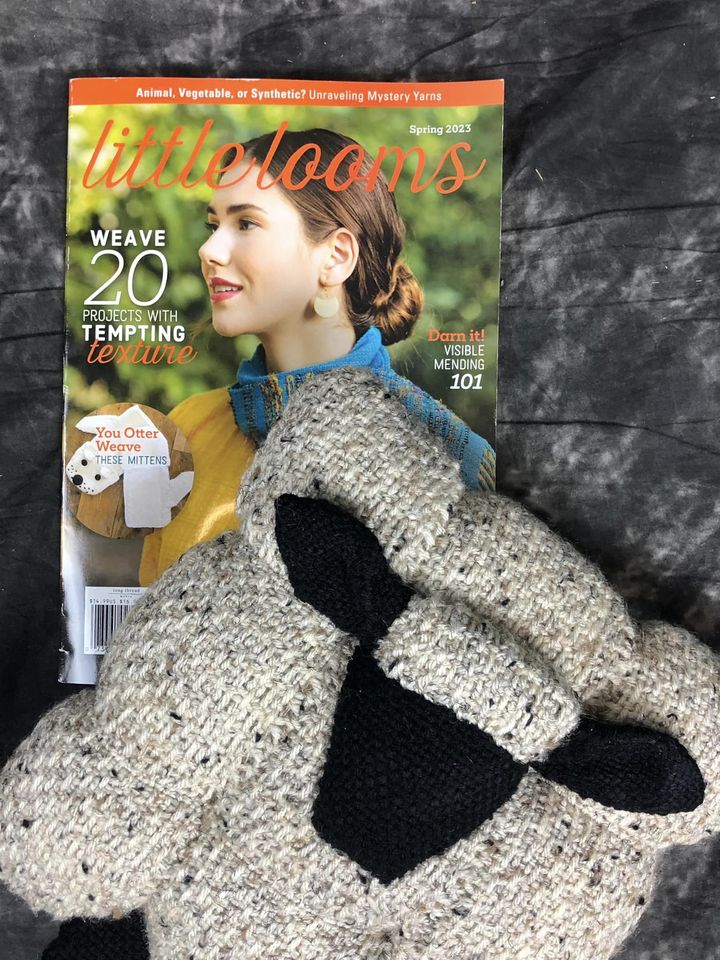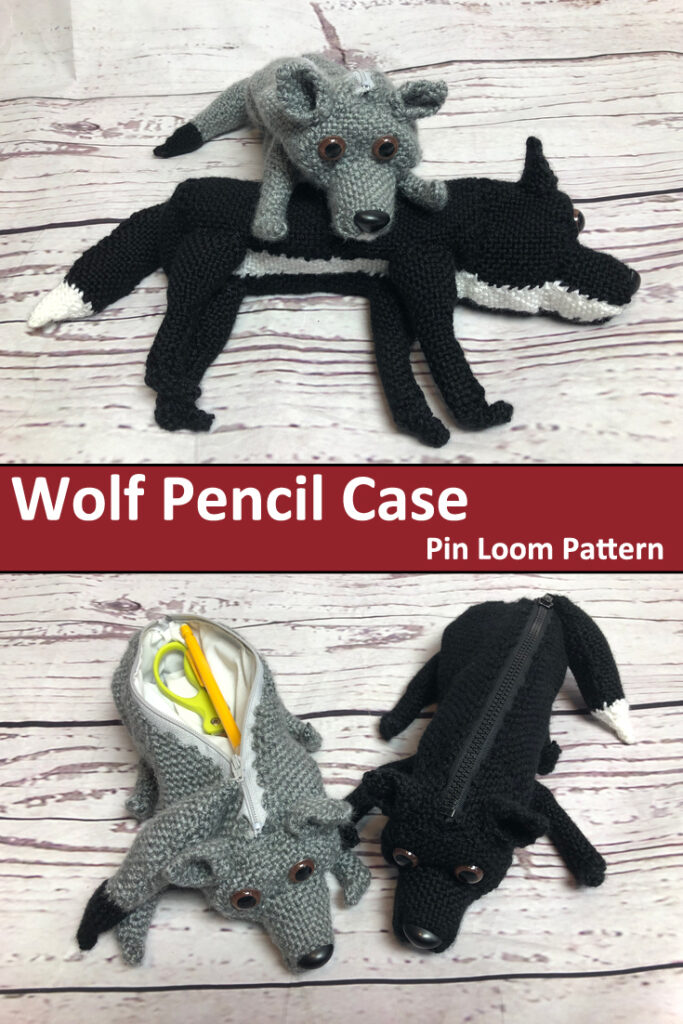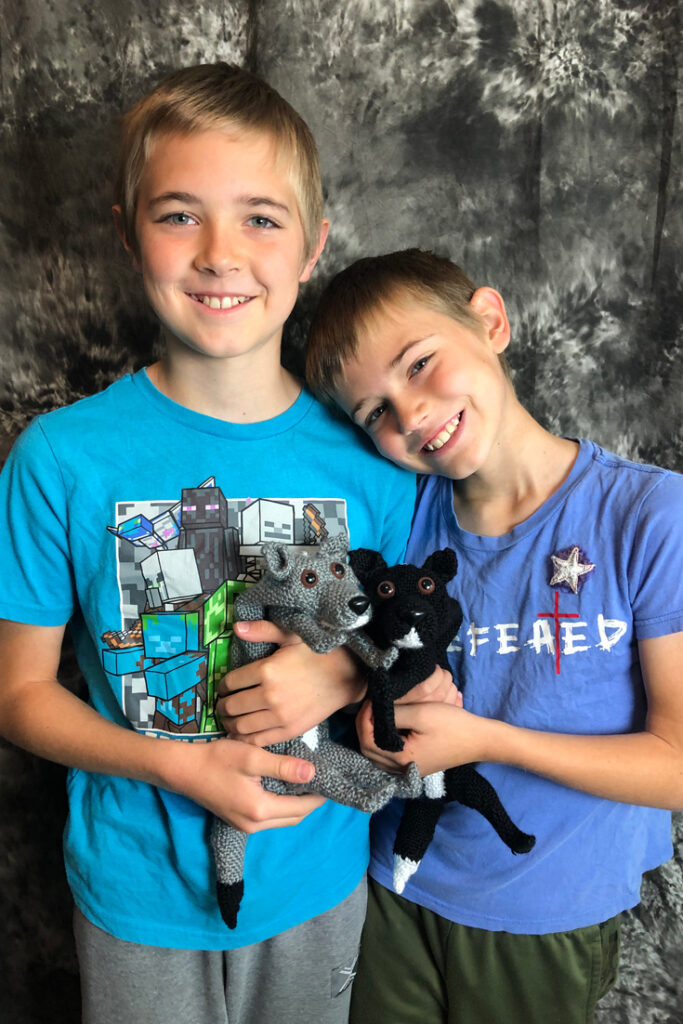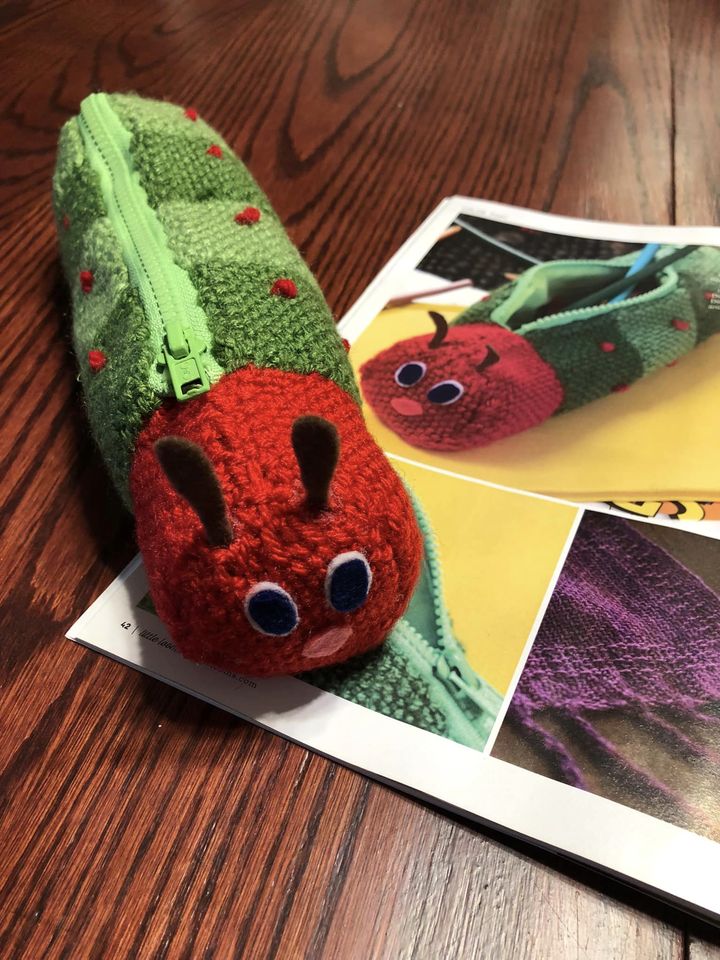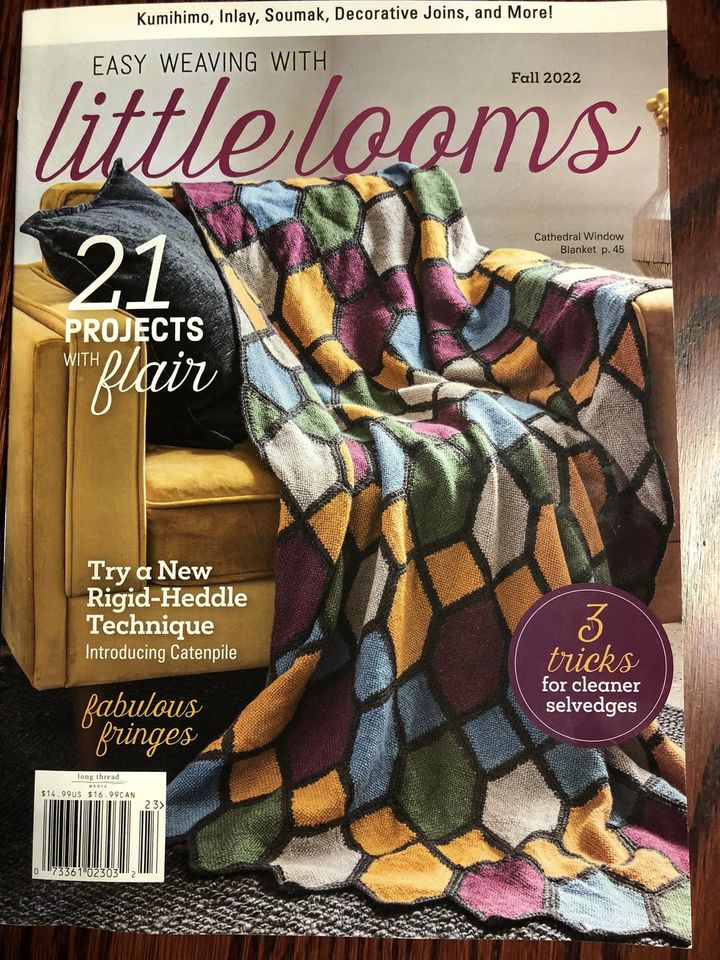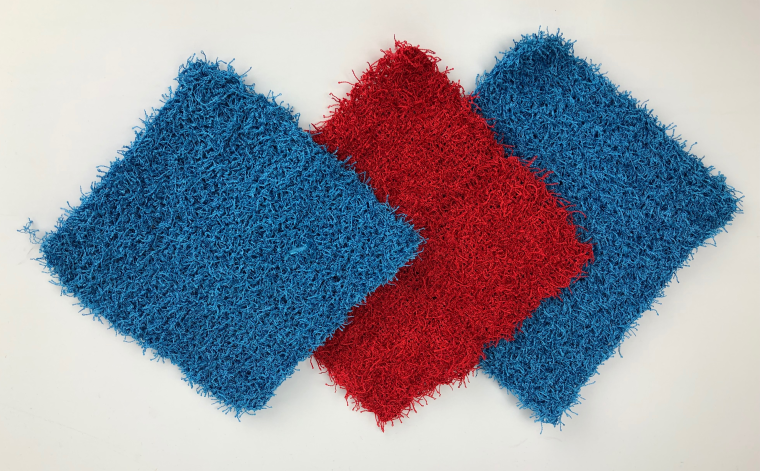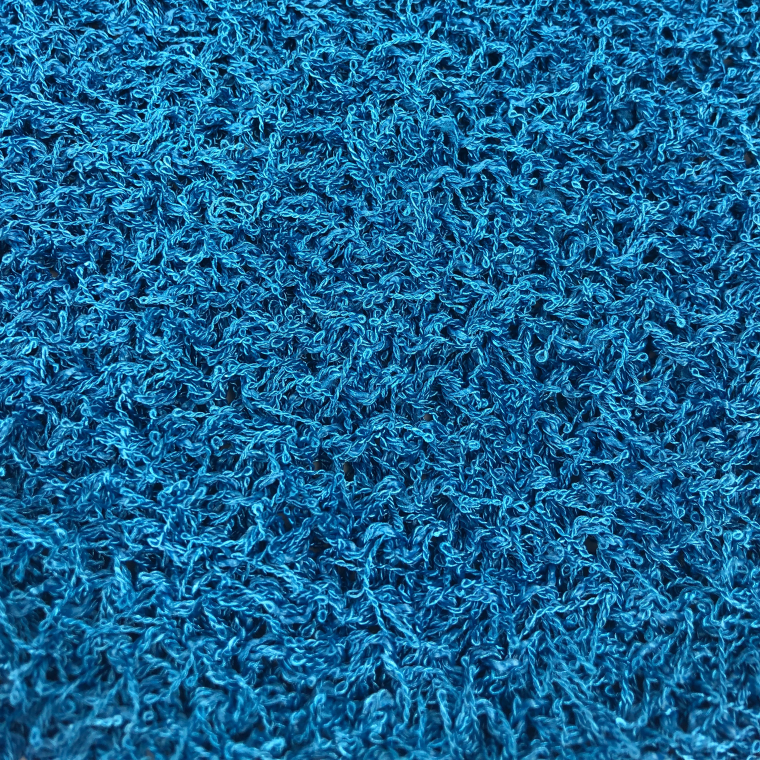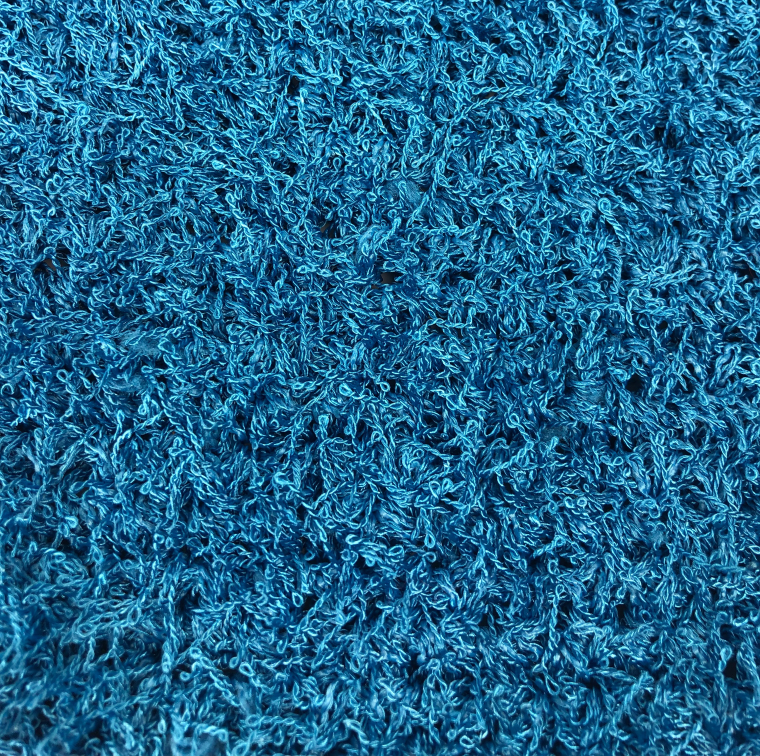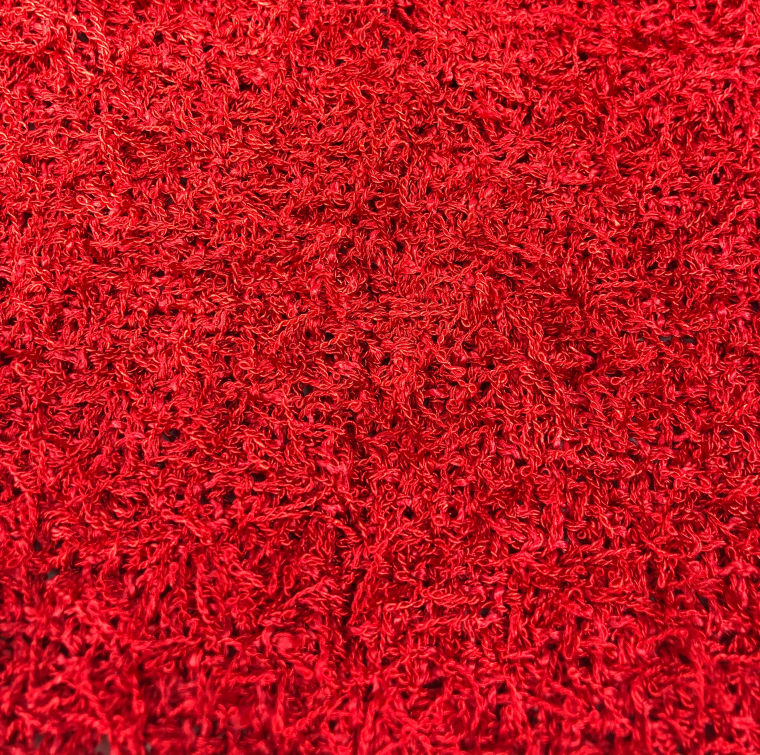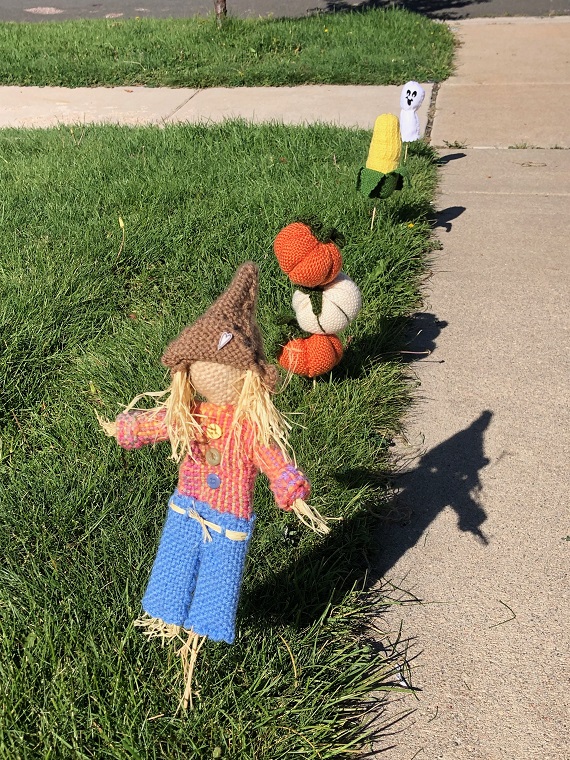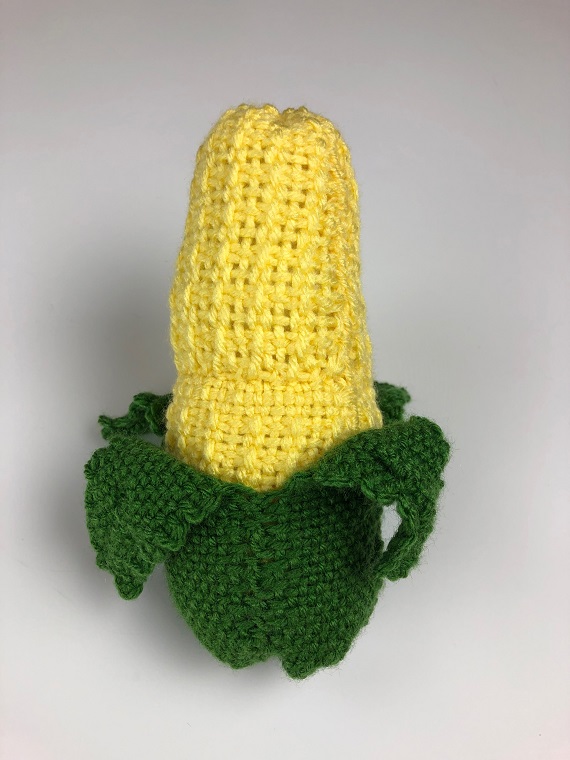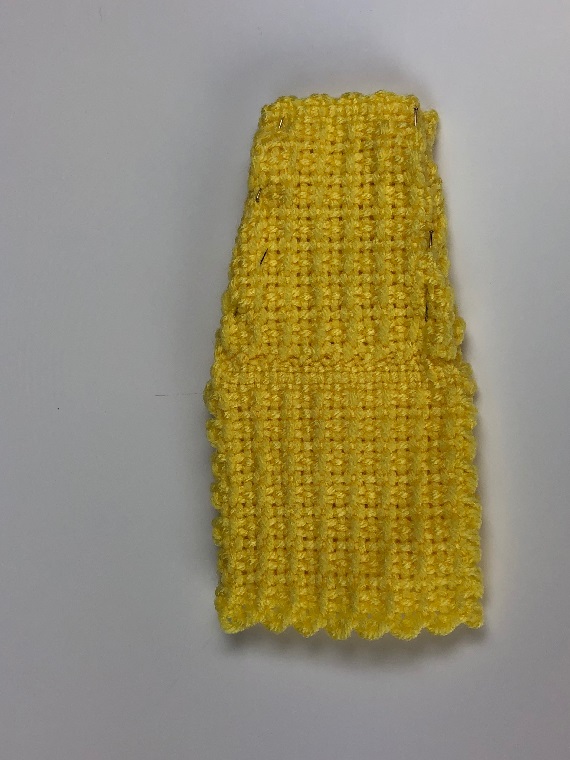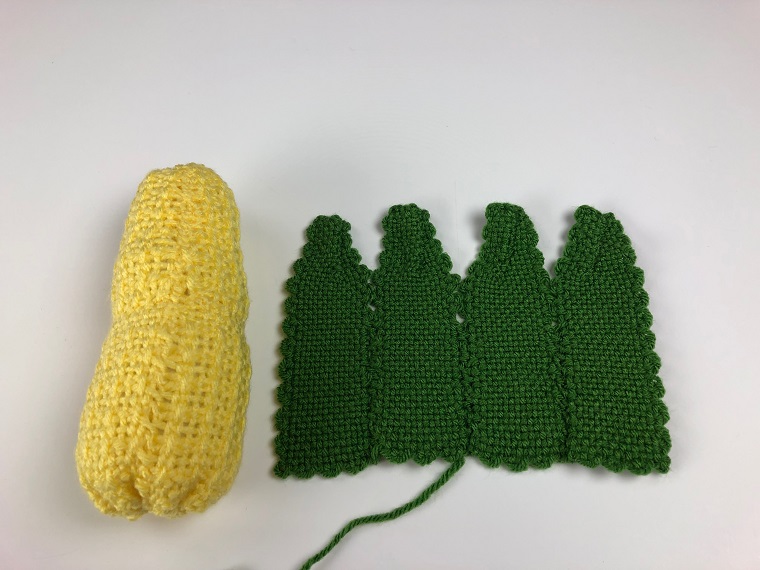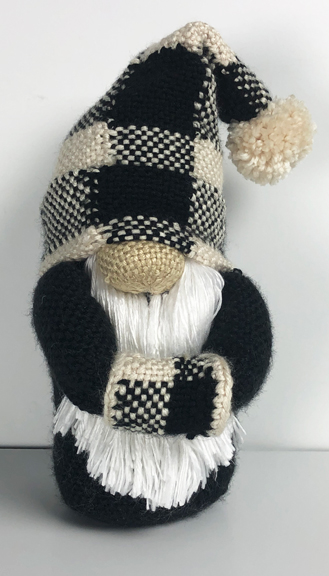
This pin loom gnome has gorgeous fashion sense! Make your own gnome, hat and muff and learn a new pattern for pin loom weaving.
This step-by-step tutorial will show you how to use two colors to make a square and a rectangle with a quadrant print which looks just like gingham. The pattern has lots of photos and clear written instructions for making the gnome, hat and muff, too.
The Gingham Gnome Pattern includes:
- Instructions to make a Gnome, Hat and Muff
- Instructions to make a Gingham Square and Rectangle
- 12 pages with color photos
- Step-by-Step written instructions
PDF Download for Gingham Gnome Pin Loom Pattern Available Now.
The Gingham Gnome Pin Loom Pattern is available in our Etsy shop.
Available now on Etsy.

Pin the Gingham Gnome to Pinterest
Share the love; pin this Gingham Gnome to pinterest.
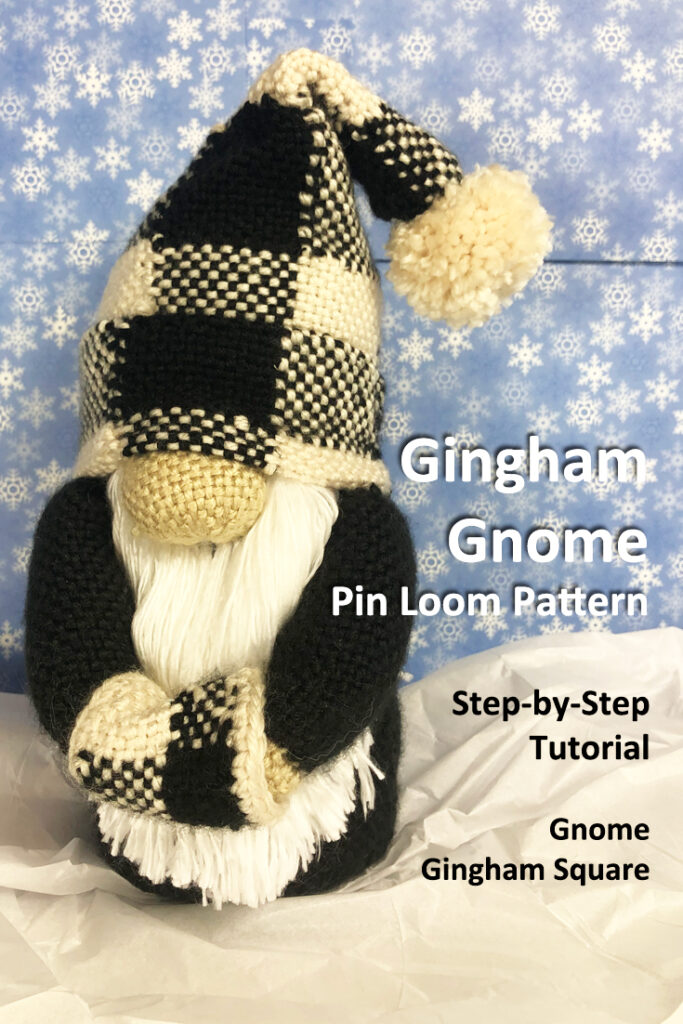
More About the Gingham Gnome Pin Loom Pattern
You’ll be surprised at how easy it is to make this gnome. We list it as intermediate because of all the folding, tucking and sewing but this step-by-step tutorial will make it easy and fun to create.
What you’ll need to make this Gingham Gnome:
- Pin Looms: –4” square, 2” x 4” rectangle
- Yarn: Red Heart: Soft – Medium (4)
- BLACK #4614 – 130 yds
- OFF WHITE #4601 – 45 yds
- WHITE #4600 – 50 yds
- WHEAT #9388 – 10 yds
- Needle: 6” needle for weaving and yarn needle for sewing
- Pompom Maker: – 1 ¾” pom pom
- Stuffing
- Beans: to weigh the gnome down
- Crochet Hook: – size G (optional)
- Fabric Marker: – white, dark
- Pet comb: – metal
- Steamer (optional)
About Pin Loom Weaving the Gingham Gnome
This gingham gnome is made with only two pin looms: 4″ square and 2″x4″ rectangle. That’s all! It’s hard to imagine that this cute little gnome is made with only squares and rectangles, but simple folds, rolls and tucks transform simple shapes into a darling toy.
The base of the gnome is stuffed with beans to give it weight and prevent it from wabbling about. The rest is filled with polyfill stuffing.
The beard is made with yarn, then combed with a metal cat come to separate the strands. Then a steam iron was used to straighten out the yarn. These little details really make the beard shine.
Get your copy of the Gingham Gnome Pin Loo Pattern in our Etsy Shop.

